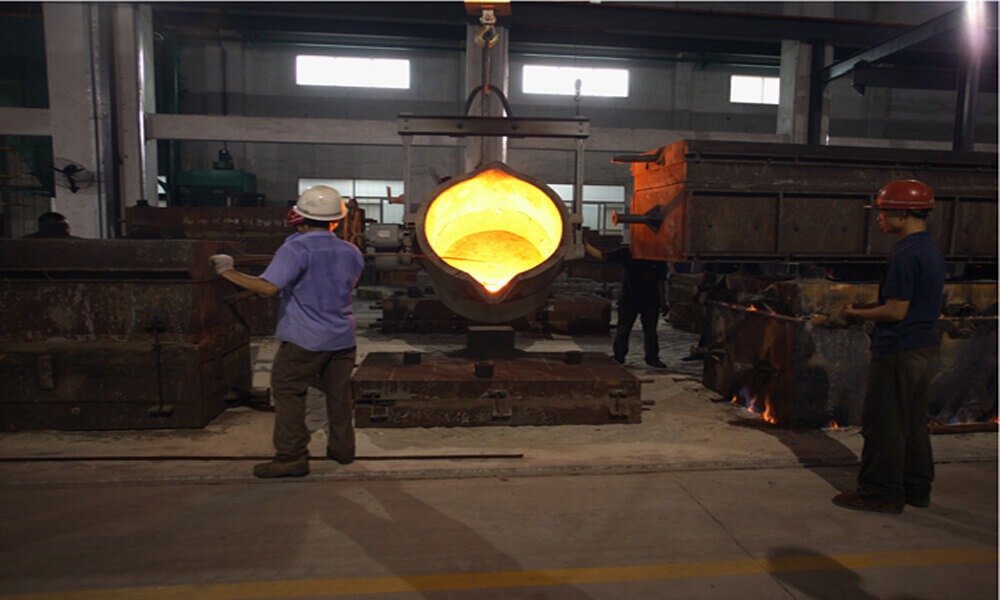Investment casting, which is also known as “lost-wax casting” is one of the oldest manufacturing processes still in use today.The mold is formed by using a wax pattern – a disposable piece in the shape of the desired part. The pattern is surrounded, or “invested”, into ceramic slurry that hardens into the mold. Investment casting is often referred to as “lost-wax casting” because the wax pattern is melted out of the mold after it has been formed. Lox-wax processes are one-to-one (one pattern creates one part), which increases production time and costs relative to other casting processes.
Let’s check Fitmus Sport working Casting Kettlebell Foundry that used this ancient technique. Below is a more detailed explanation of the steps taken in the process.
1-Tooling:
A tooling, also known as a die, first needs to be produced so as to create a mold for the wax.the quality of the die used in investment casting is crucial to the success of the rest of the production as it will decide the ultimate shape of the final product. Each wax mold is made according to this die, thus if not done properly it could jeopardize the whole project. In China, most foundries actually sub-contract the tooling to somebody who is specialized in doing just that, and thus the foundries themselves normally do not do this on site. The main reason why there is such a separation in the production process is because it requires special expertise that a foundry often does not have.
Sometimes the die made into a shape known as a “tree” or “pattern tree”.
This is because it is designed in a shape where many pieces are designed and attached to a central “wax gating system” and this final shape resembles a tree. The tooling process normally takes about 20 -30 days depending on the tool suppliers’ current workload and the complexity of the product itself. Once produced and delivered, the foundry normally stores the tooling in a well-kept and organized warehouse.
2-Wax Injection:
to install the tooling into the wax injection machine allowing for the machine to inject the wax automatically. This machine must be programmed with the proper specifications, after which the injection process is done within a couple of seconds. The worker will then let the wax sit and cool down and then remove the die, carefully extracting the wax parts that were just made, and then put the tooling back into the injection machine to repeat the process until the series is complete.
3- Assembly:
The wax parts are assembled into a tree-like shape by heating up the pieces just enough so that they will melt a little bit and stick together to form the “pattern tree”. This work is generally very labor-intensive especially in situations where the parts are very small as the workers have to work very carefully to ensure that none of the pieces are damaged in the process.
4- Ceramic shelling:
The finished wax “tree” will be hung up to allow the wax to cool down and be ready for the next step. In this next step the tree needs to be dipped into a tank where it will be ready for shelling. The shelling process is the most time intensive part of the entire manufacturing process. Several layers of ceramic are applied to the wax tree to ensure that the ceramic shell is suitably thick.
The process needs to be closely monitored, as each layer has to cool down for a precise amount of time and at a certain temperature. One layer usually requires about 24 hours to be done, which means that a shell of 7 layers will take about 7-10 days to complete, often longer.
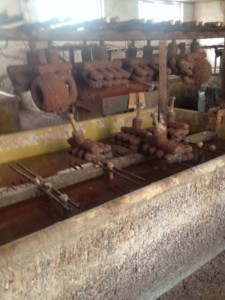
5. De-waxing:
After the shell has cooled down and become dry enough, the parts are put into the oven so as to melt the wax down and leave only the shell. The foundry will usually have a wax recycling system so as to save production material and costs.
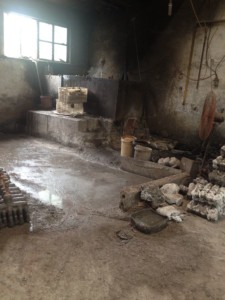
6.Melting and Pouring:
The metal’s quality must be tightly controlled at the factory so as to ensure that its composition and purity match specifications. It is then melted at the appropriate temperature and carefully poured into the ceramic mold. The melting and pouring is normally conducted at night because the process requires a lot of electricity. Due to the lower demand for electricity in the middle of the night, melting and pouring the metal at this time can save on costs and can also ensure that it goes on uninterrupted by avoiding any power outages. The investment casting furnace is relatively small with a capacity of about 100 kg. An appropriate MOQ is therefore always required except for the situation when requesting a sample.
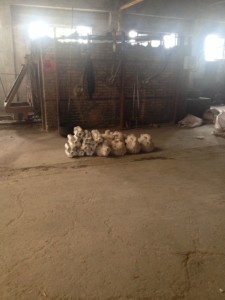
7.Removal and Cutting:Once the metal has cooled, the ceramic shell is broken (often using water jets) so as to remove the casting.
8.Inspection & Straightening:
The parts need to be inspected before delivery. Inspection should also occur several times throughout the production process. Straightening is also a standard step in the investment casting process; after the last heating treatment, there will typically be shrinkage of the metal. Straightening is therefore often crucial to ensure that the shape and dimension of the ordered parts is respected.
9.Final inspection, Packing & Delivery
Delivery is as critical as production. Proper quality control systems should be in place and full inspections performed regularly to make sure that your shipment is sent out as ordered.
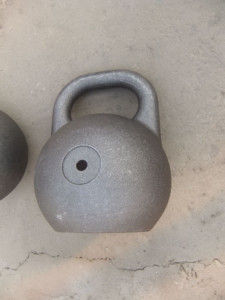
Investment casting, though a thousands of years old technology, is still a vital process in modern day manufacturing particularly in China. We can see from the above description with the use of the tree patterns, it is primarily used for the manufacturing of smaller parts,The process is generally used for small castings, used to produce complete aircraft door frames,steel castings of up to 300 kg (660 lbs) and aluminium castings of up to 30 kg (66 lbs). It is generally more expensive per unit than die casting or sand casting, but has lower equipment costs. It can produce complicated shapes that would be difficult or impossible with die casting, yet like that process, it requires little surface finishing and only minor machining.
Thus having a good understanding of this process, its benefits and drawbacks and its step-by-step mechanics, is vital to maintaining quality production system.
See Real photos:
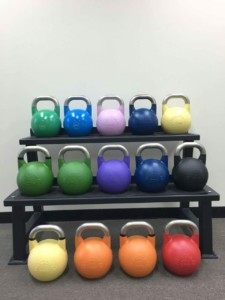
Investment Casting Casting size precision, generally up to CT4-6 (sand casting for the CT10-13, die-casting for the CT5-7), investment casting surface finish than the general high, generally up to Ra.3.2-6.3 Μm. Due to the high dimensional accuracy and surface finish of the investment castings, it is possible to reduce the machining work by requiring only a small amount of machining allowance on the part where the parts are required to be high. Even some of the castings need only to be ground , Polishing the margin, no mechanical processing can be used to save processing time, saving metal materials. Another advantage of the investment casting method is that it can cast complex castings of various alloys such as jet engine blades with a streamlined profile which is almost impossible to complete by machining. Investment casting production can not only be mass production, to ensure the consistency of the casting, but also to avoid the residual stress after machining the knife concentration.

